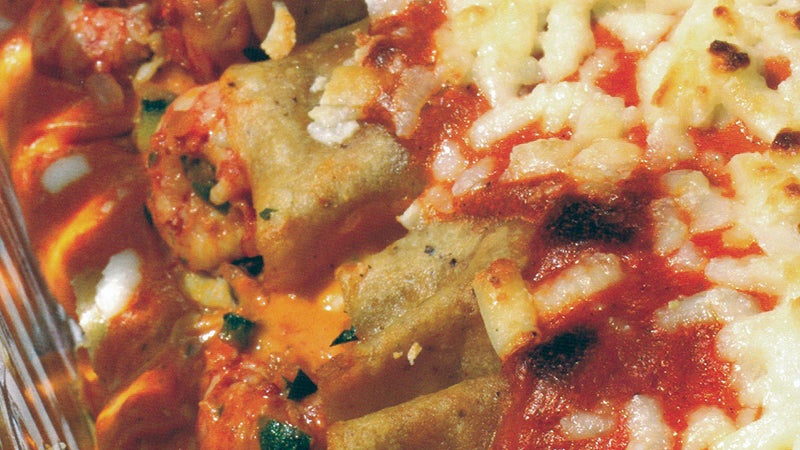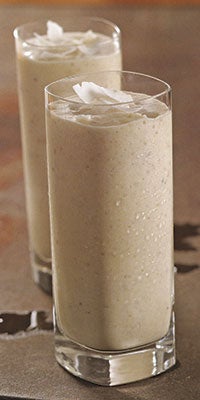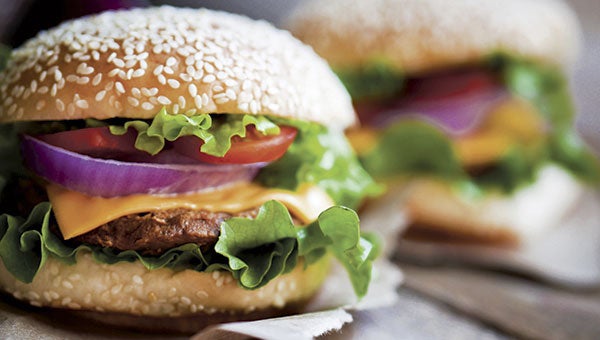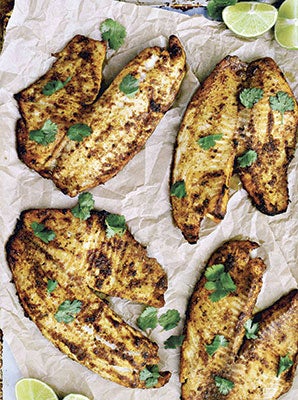Rutabagas not just for Christmas dinner
Published 12:00 am Saturday, April 5, 2014
I received a bag of rutabagas from my very nice propane gas man (who also brings me fresh eggs and turnips) and when I got them I realized I had never cooked a rutabaga. I knew they were similar to turnips and a root vegetable, but I always associated them with a Christmas vegetable. In the South they are dug out of the ground in the early spring. They are a great root vegetable that is full of vitamins and minerals.
The rutabaga, believed to be a hybrid of the turnip and some form of cabbage, has a much more recent origin than the turnip. Some authorities say rutabagas are native to Russia and Siberia; others that the new species was first found in Europe sometime in the late Middle Ages. It is said there was no record of the rutabaga until 1620 when the Swiss botanist, Casper Bauhin, described it. The word “rutabaga” comes from the Swedish “rotabagge,” rota meaning root. It is often called a Swedish turnip or Swede.
The rutabaga was known in the United States in about 1800 as “turnip-rooted cabbage.” Both white and yellow-fleshed rutabagas have been known in Europe for more than 300 years. In England, rutabagas were grown in the royal gardens in 1664. The rutabaga is a member of the same genus that cabbage, kale, cauliflower, Brussels sprouts, collards, broccoli, turnips, and others belong to, the genus Brassica. However, it is a distinct species.
It appears that Mr. Jefferson was one of the first Americans to grow the rutabaga. He wrote of it in a letter of 1795 having just received some seed from a gentleman from Yorkshire who was predicting that it will become the English’s chief turnip.
Rutabagas grow best where the weather is colder, and are principally cultivated in the northern latitudes. They should be firm and fairly smooth, with very few leaf scars around the crown and with very few fibrous roots at the base. They are better peeled with a vegetable peeler since they do tend to be somewhat tough.
Rutabagas are sometimes recommended for cases of constipation. However, because of their mustard oil content, they are apt to cause gas. They should not be used by anyone who suffers from kidney troubles. They contain more vitamin A than turnips.
You can cook them and serve then as mashed potatoes, chunk them up and throw them in a crock pot with a roast, or cut them up and serve them as fries or chips. Now, that I did not know. I have found that I like them diced and cooked with onions and bacon. I have done this twice now and they are so good. So for 8 carbs per cup, you have a great tasty vegetable!
Rutabaga Chips
One serving
1-2 small rutabaga sliced paper thin
2 tablespoons olive oil
Sprinkle of black pepper and salt
Toss the chips with the olive oil, pepper and salt. You could use any other spices if you chose. Lay the chips in a single layer on a baking sheet.
Bake for 5-6 minutes at 450°. Turn over, and bake for another 4-5 minutes but do not burn them.
Remove from the oven and allow to cool.
Eat the chips as soon as they are cool enough to handle.
Rutabaga Hash with Onion and Crisp Bacon
The rutabaga bits cook up tender and mellow, and the dish works as a quick dinner, a side, or for a weekend brunch with poached eggs.
Serves 4-5
4 slices bacon, cut crosswise into ¾-inch wide pieces (I used bits of pancetta)
1 ½ pounds rutabagas, ends trimmed, peeled, and cut into ½-diced
1 medium yellow onion, cut into ½-inch dice
2 celery stalks, halved lengthwise and thinly sliced
1 Anaheim chile, stemmed, seeded, and cut into ½ -inch dice
1 small jalapeño chile, stemmed, seeded, and minced
¾ teaspoon kosher or fine sea salt
½ teaspoon pepper
3 tablespoons chopped cilantro
Tabasco
Cook bacon in a 12-inch skillet, preferably cast iron, over medium-high heat until crisp, 5 to 8 minutes. Using a slotted spoon, transfer to paper towels to drain.
Measure fat in pan and add oil if needed to make 3 tablespoons. Sauté rutabagas and onion in fat over medium heat until onion starts to soften, 2 minutes. Reduce heat to medium, cover lightly with lid or foil, and cook, stirring once, until rutabagas are tender when pierced, 7 to 12 minutes.
Stir in celery, chiles, salt, and pepper; cook uncovered, stirring frequently, until rutabagas are browned and celery and chiles are fairly tender, 7 to 10 minutes. Fold in cilantro and bacon. At the table, add Tabasco to taste.





